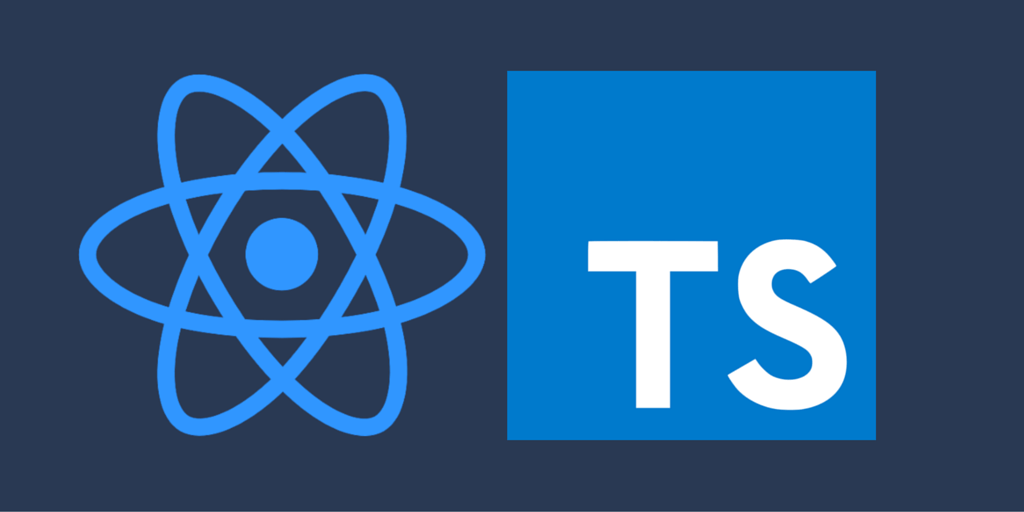
TS를 이제야 정리하다ㄴㅣ....🤭
Interface
인터페이스는 일반적으로 타입 체크를 위해 사용되며 변수, 함수, 클래스에 사용할 수 있다.
인터페이스는 여러가지 타입을 갖는 프로퍼티로 이루어진 새로운 타입을 정의하는 것과 유사하다. 인터페이스에 선언된 프로퍼티 또는 메소드의 구현을 강제하여 일관성을 유지할 수 있도록 하는 것이다.
변수와 인터페이스
// 인터페이스의 정의
interface Todo {
id: number;
content: string;
completed: boolean;
}
//변수 todo의 타입으로 Todo 인터페이스를 선언하였다.
const todo: Todo;
//변수 todo는 Todo 인터페이스를 준수하여야 한다.
todo = {id:1, content: 'typescript', completed: false };
// 인터페이스의 정의
interface Todo {
id: number;
content: string;
completed: boolean;
}
let todos: Todo[] = [];
// 파라미터 todo의 타입으로 Todo 인터페이스를 선언하였다.
function addTodo(todo: Todo) {
todos = [...todos, todo];
}
// 파라미터 todo는 Todo 인터페이스를 준수하여야 한다.
const newTodo: Todo = { id: 1, content: 'typescript', completed: false };
addTodo(newTodo);
console.log(todos)
// [ { id: 1, content: 'typescript', completed: false } ]
함수와 인터페이스
인터페이스는 함수의 타입으로 사용할 수 있다. 이때 함수의 인터페이스에는 타입이 선언된 파라미터 리스트와 리턴 타입을 정의한다. 함수 인테페이스를 구현하는 함수는 인터페이스를 준수하여야 한다.
//함수 인터페이스의 정의
interface SquareFunc {
(num: number): number;
}
//함수 인터페이스를 구현하는 함수는 인터페이스를 준수하여야 한다.(당욘.ㅎ)
const squareFunc = (num: number): SquareFunc => {
return num * num;
}
console.log(squareFunc(10)); //100선택적 프로퍼티
인터페이스의 프로퍼티는 반드시 구현되어야 한다. 하지만 인터페이스의 프로퍼티가 선택적으로 필요한 경우가 있을 수 있다. 선택적 프로퍼티(Optional Property)는 프로퍼티명 뒤에
?를 붙이며 생략하여도 에러가 발생하지 않는다.
내가 애매할 때 젤 자주 쓰는거 ㅎ...
💫인터페이스 상속💫
인터페이스는 extends 키워드를 사용하여 인터페이스 또는 클래스를 상속받을 수 있다.
interface Person {
name: string;
age?: number;
}
interface Student extends Person {
grade: number;
}
const student: Student = {
name: 'Lee',
age: 20,
grade: 3
}복수의 인터페이스를 상속받을 수도 있다.
interface Person {
name: string;
age?: number;
}
interface Developer {
skills: string[];
}
interface WebDeveloper extends Person, Developer {}
const webDeveloper: WebDeveloper = {
name: 'Lee',
age: 20,
skills: ['HTML', 'CSS', 'JavaScript']
}나중에 정리하는 것도 나쁘진 않넹
Let it grow!!!
